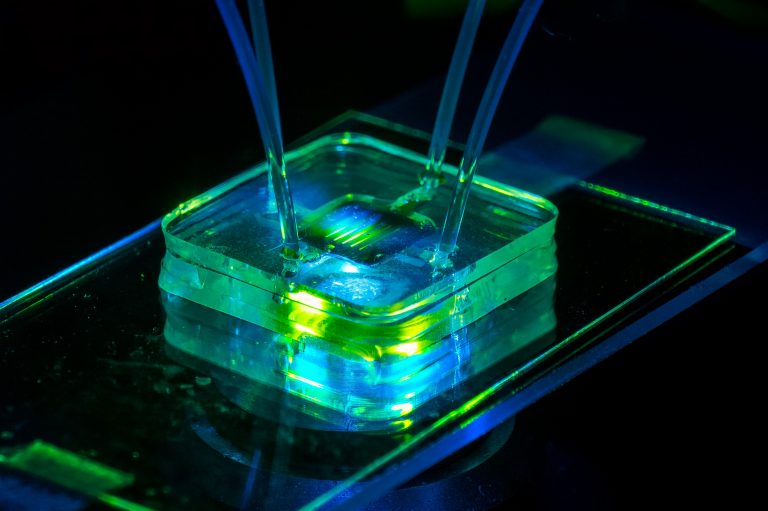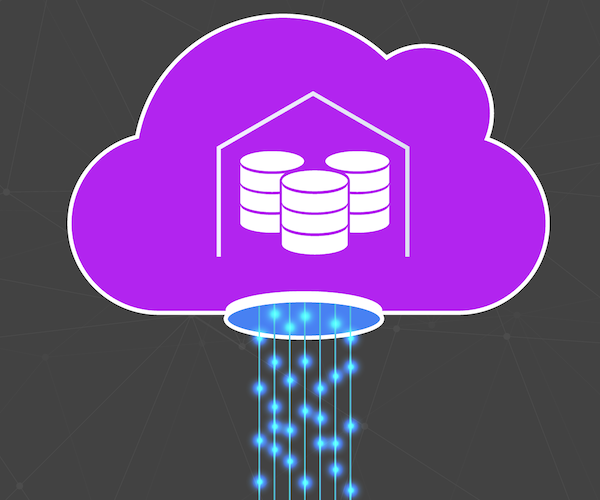Blog

Smart Cards: Definition, Types and Examples
Smart cards are really bliss in this new tech era!
As we live in a world of technological advancements, all of us rely on technological trends for every aspect of our lives.
The 21st century has made online shopping and cashless payments easier and smarter than ever. So how do all these happen? The answer is familiar to all of us.
The advent of Smart Cards has made these easier and simpler. Its influence has been reflected in every sector, be it small or large
These cards are called ‘smart’ for a reason. That is what we will be looking at.
What is a Smart Card?
The smart card is all about changing a tiny rectangular piece of card in to‘smart’. These cards are so convenient to be fitted in our wallets or back pockets. This is where the foremost advantage of smart card can be seen.
These cards are used by banks, shops, educational institutions, offices etc to carry out different transaction purposes. Though these cards are available in different sizes and forms, they all serve the same purpose i.e., the technology that drives them.
Smart card have enabled the security and convenience of any transactions. The technology used behind help users to store unique personal details
Why are these Cards ‘Smart’?
These cards are called ‘smart’ cards because they really are! These cards bear a substantial amount of private details of the cardholder. It contains an integrated circuit chip embedded in it.
The users can make use of technology to carry out payments, financial transactions, settling bills, etc without cash in hand.
As we know, there are many applications of smart cards. Some of them are:-
How Smart Cards are made
Construction of smart cards include four major steps
1) Designing

This is the foremost step that requires a programmer or a designer to set the clock speed, the memory size of the chip, volatile memory types, operating system, etc.
The programmer should create an application software for the card based on the card type. He/she should also add the required features.
2) Fabrication of the chip

During this second stage, the silicon chip is being fixed into it. This silicon chip is connected to wires by bounding or soldering them together. Then, the chip on board substrate is being sealed with epoxy resin and glued to the substrate of the card. The substrate is often made of any synthetic plastic or using PVC.
3) Coding

By using the special commands, codes are being entered into the chip memory.
This is an integral and vital part of card making.
4) Loading data

Personal details of the users are being entered in this final stage.
How the Smart Card works
A smart card does not work alone. It needs a smart card reader to function. The card contains an embedded memory chip contained in a contact pad. Once the contact pad is removed from the card, it is no longer smart.
In the card reader, the contact pad comes in contact with the reader and carries out the processing. Thus it helps you in transactions via POS (point of sale) or another medium to carry out transactions.
However, there are two types of cards- contact and contactless cards. The use of contactless cards is being increased rapidly due to their convenience to use.
Types of Smart Cards
Classification based on mechanism
Based on the working mechanism of the cards, they are being classified into three:
1. Contact Smart Cards
This is the most common smart cards in use. ATM cards, most credit cards, SIM cards etc fall into this category.
Here the cards are being inserted into card readers, it reads the information stored on the contact pad and carry out transactions as required.
.png)
2. Contactless Smart Cards
Just like the name implies, these cards do not require a reader. It works using Near Field Communication technology or using radio frequencies which establishes wireless communication between the smart card and wherever you intend to use.
3. Hybrid Cards
Hybrid cards are cards with dual capacity. These cards can work both on contact and contactless card readers. These cards are quite rare in use.
Classification based on configuration
Smart cards are classified into two, based on their configuration
1. Memory cards
These types of cards are used for temporal purposes only. It can only read, write or store data. A memory capacity of these cards is comparatively low and cards are often discarded after use. The data once stored cannot be edited or changed in this type of card.
2. Microprocessors
Microprocessors work like mini computers and have volatile memory. These are portable and can be fitted in our pockets.
These have vast memory so that you can write, read, rewrite, edit and manipulate data as required.
Examples of Smart Cards
Smart cards are used as-
As we conclude
We understand the major highlight of the smart cards is the safety it offers and also the compatibility it provides to the users. The advent of smart cards has made transactions easier than before. Users can store personal data and other details reliably. These cards are bliss for the users and also for the tech years to come.
About SchoolSmartCards
SchoolSmartCards is a venture by Edsys Pvt Ltd. It has been conceived with the aim of providing high quality smart card related products including ERP software for schools.
We have a passionate and dedicated professional team working on the development side to continuously improve the portfolio of SchoolSmartCards products.
Recent Posts

11 Awesome Everday Smart Card Applications
December 11,2019

Smart Cards: Definition,Types Examples
November 15,2019

Benefits and Features of Smart Card Management System
October 23,2019





